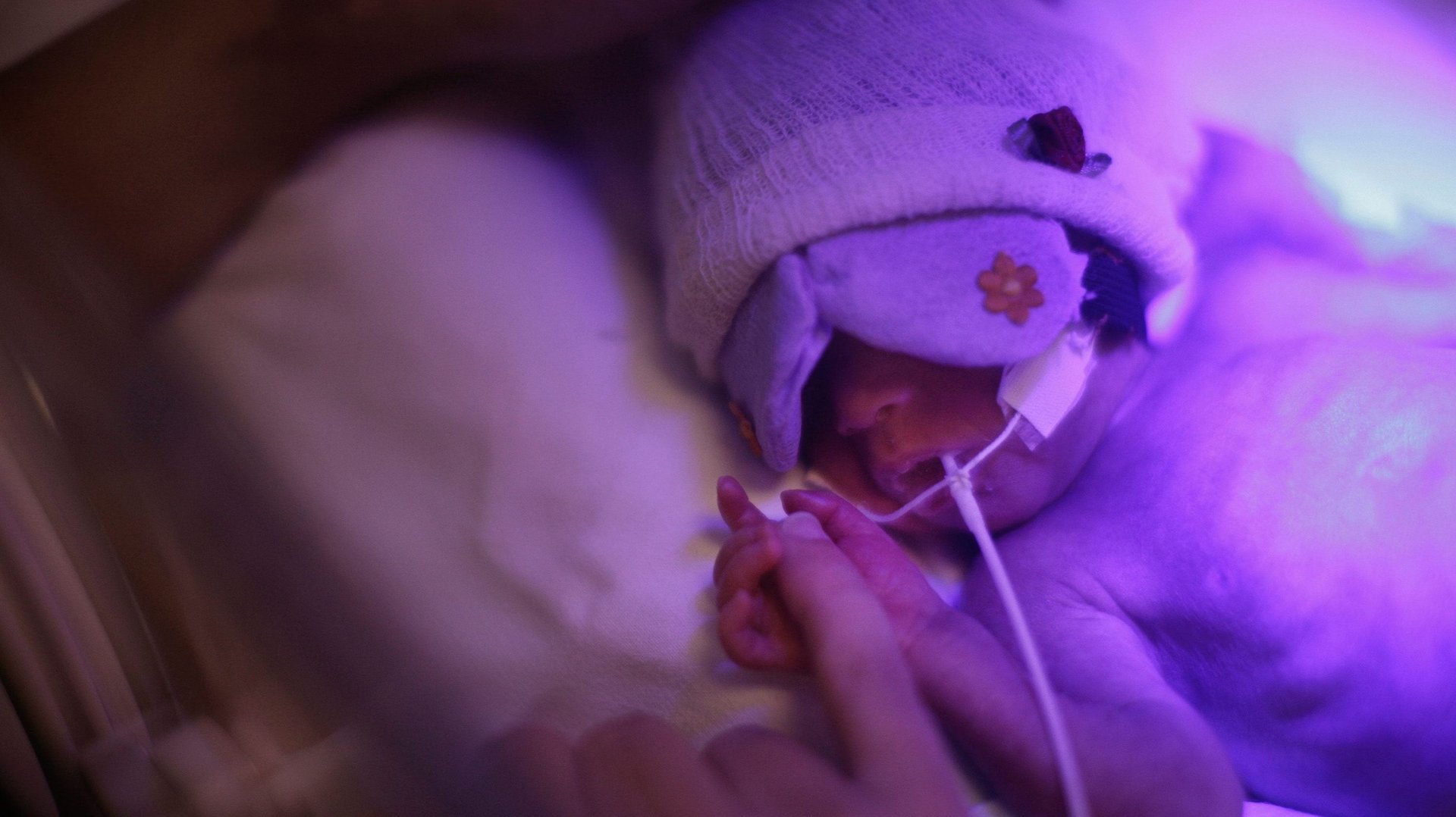500 years after Leonardo da Vinci wondered why babies are born preterm, we still have no idea
In one of his texts in his Trattato della Pittura (Treatise on Painting), Leonardo da Vinci set out to understand the functioning of the human body in order to be able to draw it correctly, from the inside out. Among the aspects da Vinci wanted to understand were “[w]hat forces [the fetus] out from the body of the mother, and for what reasons it sometimes comes out of the mother’s womb before the due time.”


In one of his texts in his Trattato della Pittura (Treatise on Painting), Leonardo da Vinci set out to understand the functioning of the human body in order to be able to draw it correctly, from the inside out. Among the aspects da Vinci wanted to understand were “[w]hat forces [the fetus] out from the body of the mother, and for what reasons it sometimes comes out of the mother’s womb before the due time.”
Five centuries later, we have scarcely more clues than he had as to why certain babies are born premature. An estimated 15 million babies are born preterm annually—from extremely preterm (born at less than 28 weeks) to very preterm (28 to 32 weeks) to moderate or late preterm (32 to 37 weeks). And unlike many other public health indicators, this is not one that varies dramatically between rich and poor countries: in low-income countries, the estimate is that 12% kids are born premature, while in high-income ones it’s still 9%.
“I can’t think of anything else that affects 10% of people in every part of the world but gets so little attention,” writes Melinda Gates in her and Bill Gates’s yearly letter. Preterm birth remains the main cause of under-five mortality, and babies born preterm have more than double the risk of death and illness than those born at full term, as well as higher chances of developing disabilities or neurological conditions later on. Understanding what causes premature delivery could have a dramatic impact in reducing childhood mortality and severe disability.
Tremendous progress has been made since the 1990s in reducing the deaths of children up to the age of five, which have gone down nearly 60%.
Yet this has been primarily achieved by getting to the “low-hanging fruit,” Sindura Ganapathi, who leads Gates Foundation research in maternal, newborn, and child health, told Quartz. Deaths from measles, malaria, pneumonia, and diarrhea, for example, have been countered through post-birth interventions such as vaccines, or better healthcare access.
Understanding and addressing the causes of preterm birth could further the progress in reducing childhood deaths by ensuring more children get to a full or near-full gestation period—gaining related immunity and developmental strength—rather than addressing health issues after birth.
“In general we don’t understand what are the causes of preterm birth,” says Ganapathi, adding that the issue has been underfunded for a long time, and while there are many hypotheses on what could cause a pregnancy to end too soon, there is no conclusive answer. Only in the past two to three years, Ganapathi says, more investment and interest has converged into research on preterm births, and that the results of research funded by the Gates Foundation are now beginning to emerge.
One finding, which Bill Gates mentions in the letter, suggests a link between a woman’s inability to process selenium and the likelihood of her having a preterm delivery. Other research needs to be focused on genetics, as well as epigenetics—changes in gene behavior that can be caused by factors such as exposure to certain substances or stressors. As Melinda Gates notes in the letter, that could perhaps explain, for instance, why African-American women are 49% more likely to have a preterm baby than white women, but African women who move to America experience lower incidence of premature births.
“It’s a host of factors that require a lot of efforts to tease out,” says Ganapathi, adding however that early efforts conducted so far are encouraging. “We can make significant progress in the next two years,” he says.